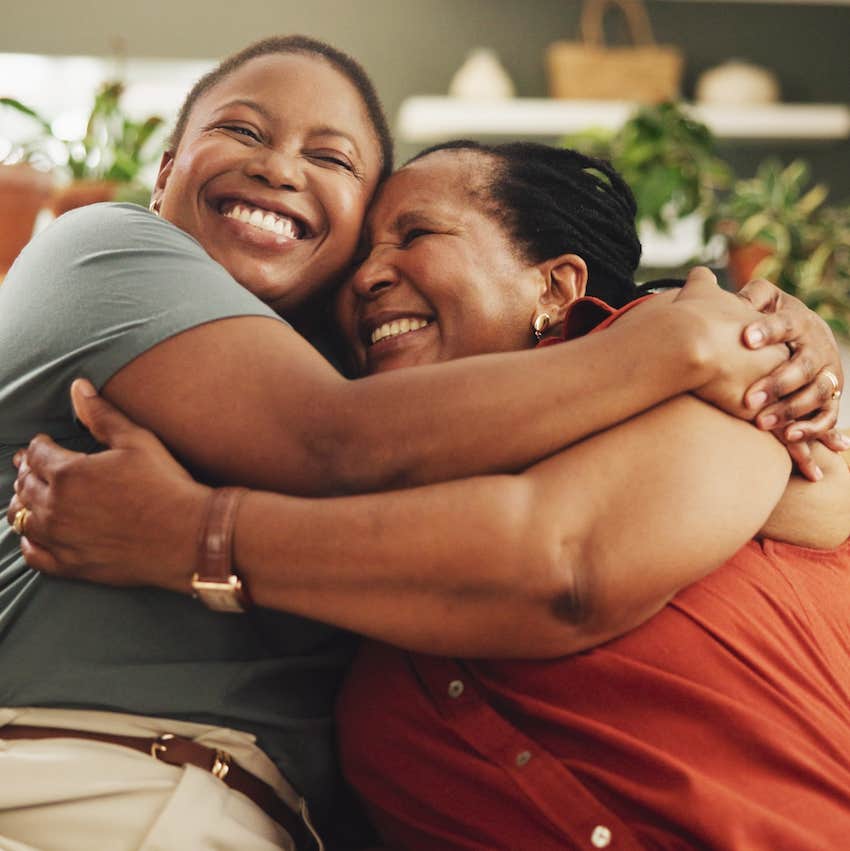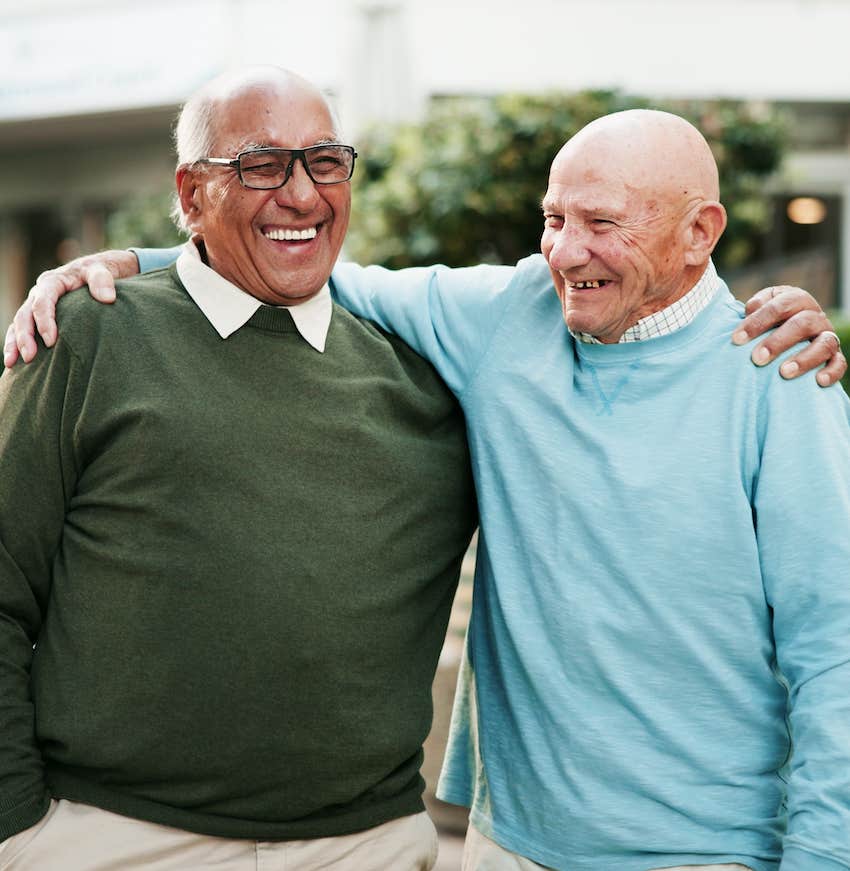Ever find yourself scrolling through social media, feeling like everyone’s out living their best life while you’re stuck in a never-ending loop of binge-watching shows in your pajamas? Yeah, me too. It’s that peculiar blend of loneliness and envy that creeps up on you, whispering, “Why can’t I just be more social?” And if you’ve ever mustered the courage to reach out or join in only to feel utterly drained afterward, you’re definitely not alone. The truth is, building a vibrant social life is like a workout for your emotions—tough but oh-so-rewarding when you get the hang of it! It’s a skill that takes time and effort, so if making friends and enjoying life the way you see others do is important to you, let’s dive into some habits that can transform that envious scrolling into meaningful connections! If you’re ready to break the cycle and invest in your social life, you’ll want to check this out! LEARN MORE.
Social media can emphasize the feeling of being unnoticed, lonely, and left out. When we do manage to psych ourselves up to reach out, join in and engage, it can be draining — emotionally, psychologically, and physically. You can’t help but wonder how other people can be so social and still have energy for their own lives.
If this is you, maybe it is nice to know you aren’t alone — and there’s likely nothing wrong with you. Creating (and enjoying) a thriving social life takes work! It’s a skill, like any other, and if it’s important to you, it’s worth the effort.
Advertisement
How about instead of forcing ourselves to use all our skills and strain our system to go out and meet new people in new places, we start with small, micro-social engagements?
Let’s try to harness “the love chemical” to help us better read social cues — which in turn helps us notice and filter social stimuli — a key challenge for those of us who can feel bombarded in social settings.
 PeopleImages.com – Yuri A
PeopleImages.com – Yuri A
Advertisement
Oxytocin, known as “the love chemical,” is essential for social bonding, as explained in Comprehensive Psychoneuroendocrinology Journal. This critical neuropeptide helps everyone – infants to the elderly – bond with others. It builds trust and connection and raises self-confidence.
When you feel a connection with someone, oxytocin is likely surging in both brains, signaling friendly intentions. This sensation encourages you to reach out – emotionally and possibly physically.
They are small, everyday acts of kindness. Every time you hold the door open or smile at a passing stranger, you are creating a micro-moment of connection. They are mini “love” moments that can raise oxytocin in our brains and in others too.
Advertisement
Dr. Barbara Frederickson’s and Dr. John Gottman’s research demonstrates that three social connections a day not only can help fill our emotional buckets but also help build resilience. They found that a 3-to-1 positivity ratio makes us feel like we belonged.
It also provided a positive impact on resilience and mental health. In Dr. Ed Hallowell’s book, he shares real stories that demonstrate the life-changing health benefits associated with the connection.
Actively search for three meaningful interactions each day and reflect on them each night. These micro-moments of connection, according to Frederickson’s findings, may not only make you healthier, but they can also make you live longer.
Advertisement
What are some things you could do every day for unsuspecting neighbors? Can you carry in groceries, ask about their day, or give them a plant? Small micro-connections like these don’t require much time, money, or effort. Look for ways to spread kindness every day.
 PeopleImages.com – Yuri A via Shutterstock
PeopleImages.com – Yuri A via Shutterstock
If your goal is to not only increase oxytocin but also to make new friendships, take a more active role with these three micro-connections. Consider these steps as building blocks to move you in the direction of deeper and more meaningful connections.
Advertisement
“Most socially connected people recognize that maintaining relationships requires a bit of effort, and one of the efforts they prioritize is seeing other people in person,” explained personal development coach Kira Asatryan. “While in-person interactions can feel much less efficient than online or phone interactions, there’s a value to in-person communication that socially successful people understand. It’s how you start seeing people as just that — people!”
If you take each step at a time — waving, saying “Hello,” making chit-chat, inquiring about their day, etc. — it will make the act of reaching out feel a little less daunting. Is this a full replacement for the hard work we’re all doing socially? No, but these steps help you build confidence.
You shouldn’t need to spend a lot of time prepping to connect. The goal is to simply experience the joy of interaction.
Advertisement
Keep track of how these connections (and oxytocin hits) make you feel. Frederickson’s work uncovered that when we record these experiences, it triggers positive physiological effects on the body.
While noticing feelings is crucial, educator Anna Thea advised to beware of disempowering yourself, “In emotional situations, do you say to yourself, ‘I shouldn’t feel that way,’ or, ‘It’s no big deal’? You’re denying your feelings and disempowering yourself. It’s actually through feeling your feelings and understanding what’s underneath them that will free you from the overwhelm. It’s not about trying not to feel. Instead, it’s about learning how to get better at feeling!”
Until you experience the effects yourself, you will have to trust me when I say three micro-connections a day will prime your emotional intelligence pump. So drink in the needed oxytocin while you calm your fears, build confidence, venture out and approach new people and nurture deeper and stronger relationships.
Advertisement
Caroline Maguire, ACCG, PCC, M.Ed. is a personal coach who works with children with ADHD and the families who support them.
Auto Amazon Links: No products found.